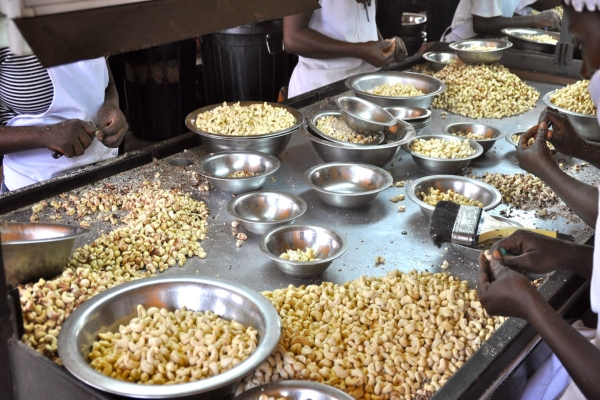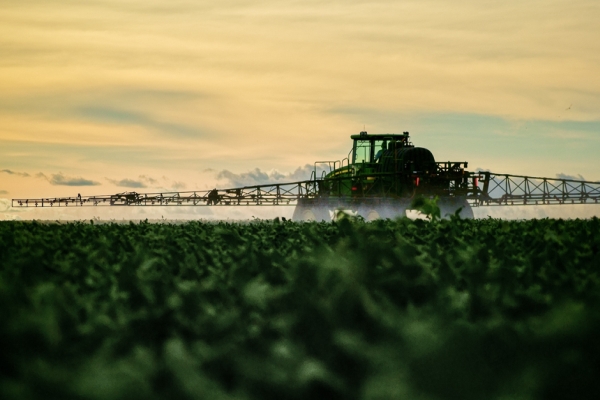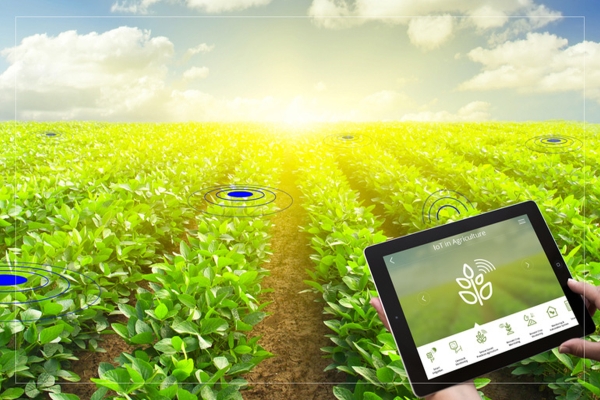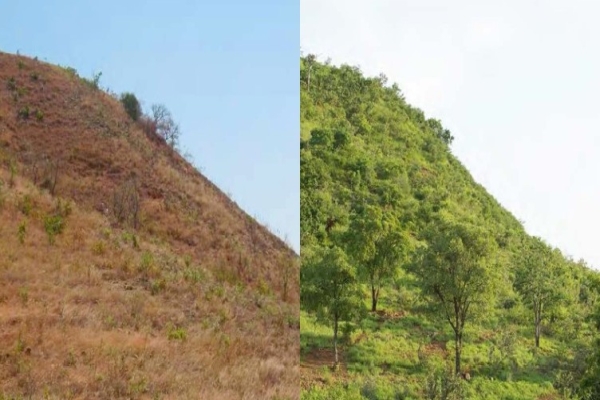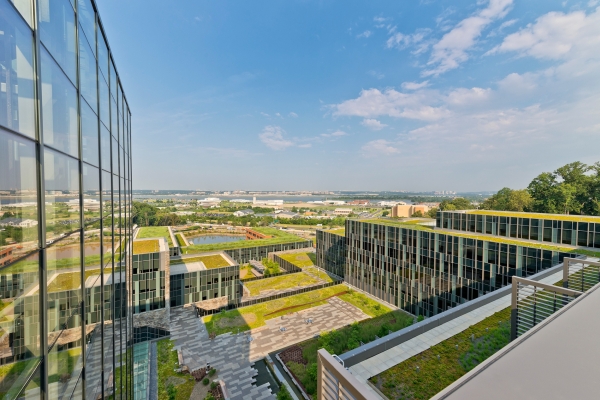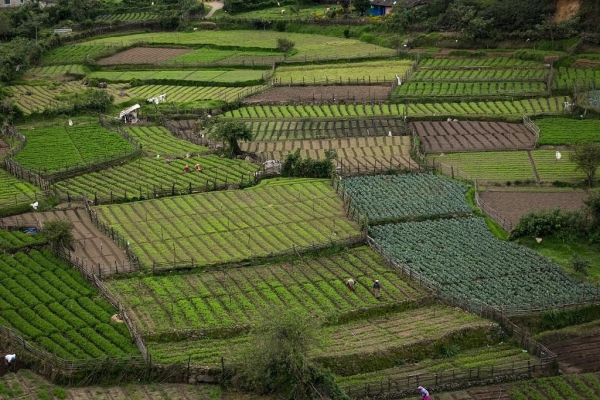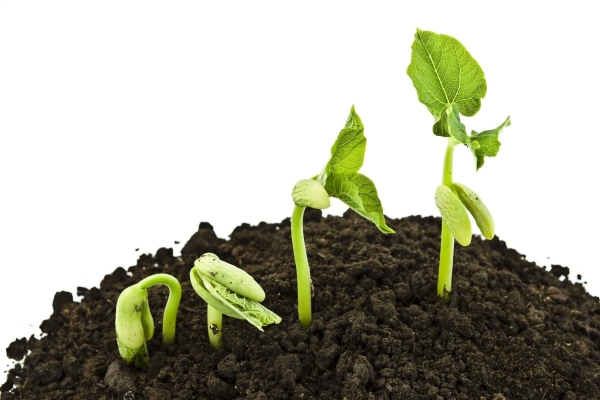How Climate Change is Transforming Our Farms
- يناير 27, 2025
- 3 minutes
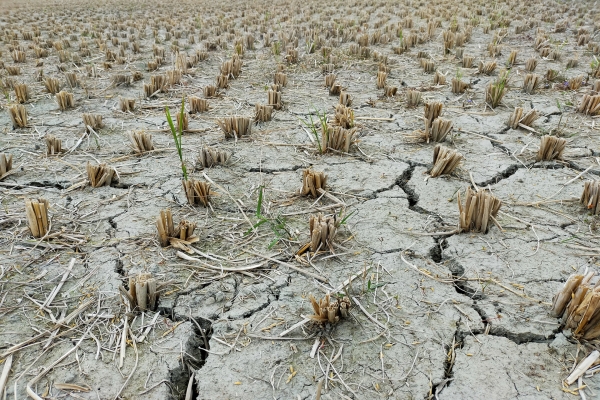
While we might think of climate change on a global scale, it has direct effects on our own farms and backyards gardens. Plants rely heavily on environmental cues for growth, flowering, reproduction, and dormancy. With the shifting climate, these cues are becoming confusing for plants, leading to noticeable changes in our farms.
The Impact of Unpredictable Weather on Plant Life
One of the most significant effects of climate change on farms is the increase in abnormal weather conditions. Spring weather, for example, can swing between being unusually cold, dry, or wet. These sudden shifts can stress plants, especially when they’re just starting to grow and are at their most fragile stage. Stressed plants may wilt, slow their growth, or even die back entirely. Trees and shrubs might break bud dormancy too early, making them vulnerable to damage from unexpected spring frosts.
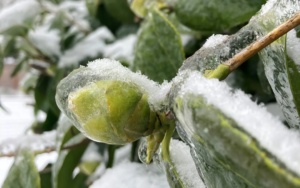
Higher average temperatures can also disrupt the natural timing of plant cycles. Spring-blooming shrubs may bloom earlier and wilt sooner, while summer-blooming plants might start flowering prematurely. This not only affects the visual appeal of gardens and production of farms, but can also disrupt the availability of food sources for pollinators and other wildlife.
On the flip side, there are some upsides. Cooler weather can prolong the blooming period for spring plants, and warmer conditions can extend the growth and flowering of summer and autumn plants later into the season. However, these benefits are unpredictable and can’t offset the overall stress caused by climate instability.
An illustrative example of how climate change impacts plant life comes from a study conducted near Concord, Massachusetts. Scientists compared the current flowering times of woodland plants to records from the 1850s documented by Henry David Thoreau in his famous work Walden . They found that plants are now flowering approximately 18 days earlier than they did in the mid-1800s. This shift is a direct reflection of rising temperatures and altered climate patterns, demonstrating how even subtle changes in the environment can significantly affect the natural cycles of plant growth and reproduction.
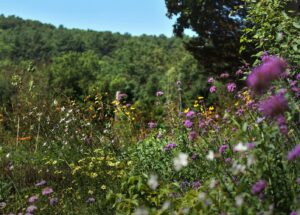
Challenges with Invasive Species and Ecosystem Balance
Farms are part of a broader ecosystem involving insects, birds, mammals, and microorganisms. Climate change threatens these relationships. Changes in temperature and moisture can alter flowering times, causing pollinators like bees and butterflies to arrive too early or too late to fertilize blossoms. Some species rely on specific plants to complete their life cycles, and any disruption can have cascading effects on the ecosystem.
Invasive species pose another significant challenge. As conditions shift, plants and pests not native to an area may find the new environment favorable. For instance, certain invasive grasses that previously couldn’t set seed in cooler zones may begin to spread aggressively as temperatures rise. These species often outcompete native plants, reducing biodiversity and altering the character of our gardens.
Additionally, higher levels of carbon dioxide in the atmosphere can stimulate plant growth, but this often benefits aggressive weeds more than desirable plants. Warmer conditions may also allow pests to reproduce more rapidly and survive milder winters, leading to increased infestations and damage to plants.
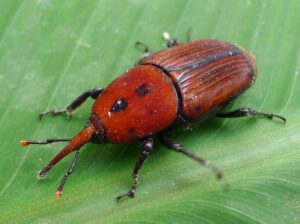
Adapting Agricultural Practices for the Future
Understanding how climate change affects farms and gardens is crucial for adapting our agricultural practices. Gardeners may need to:
- Select More Resilient Plants : Choosing plant varieties that are adaptable to a range of conditions can help farms withstand unpredictable weather.
- Adjust Planting Schedules : Paying attention to changing local climate patterns can inform better timing for planting and harvesting.
- Promote Biodiversity : Encouraging a variety of plants can support a healthy ecosystem, making gardens and farms more resilient to pests and diseases.
- Monitor and Manage Pests : Being vigilant about pest populations and taking early action can prevent larger infestations.
#ClimateChange #Agriculture #Farming #Sustainability #ResilientAgriculture

